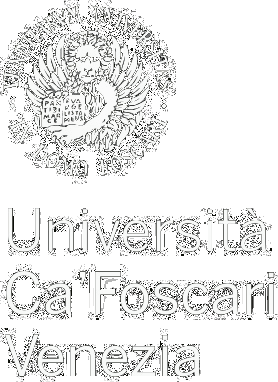Series |
Library of Rassegna iberistica
Volume 38 | Edited book | Imprenta y literatura española en los siglos XVI y XVII: de las periferias al centro
Imprenta y literatura española en los siglos XVI y XVII: de las periferias al centro
open access | peer reviewed-
edited by
- Claudia Demattè - Università degli Studi di Trento, Italia - email
- Arantxa Llàcer - Universitat Autònoma de Barcelona, Espanya - email orcid profile
- Marco Presotto - Università degli Studi di Trento, Italia - email
Abstract
The aim of this volume is to delve into the peculiarities of the commercial circuit that fed the cultural system of the Spanish Empire during the Golden Age through an overwhelming publishing production of literary texts. The relationship between center and periphery defined by political power did not necessarily correspond to the reality of social networks, business projects, the evolution of technical competence, and the development of a demand that was difficult to establish a priori. We propose an open approach from different methodological perspectives that contribute to the definition of the artistic and literary phenomenon, and which can explain the development of certain publishing practices in particular economic, linguistic, and geographical contexts. An overall picture is offered of the great book marketing networks in Europe and New Spain (Pedro Rueda Ramírez), which multiply the focuses of analysis from family sagas, publishing agents, and hawkers, to land-based circulation and the potential of maritime routes or the transfer of books between the main printing capitals of the time. Benedetta Belloni examines the publishing center of Milan, Arantxa Llàcer Martorell studies the inventory of the assets of the Cormellas printing house in Barcelona, and Giada Blasut reviews the printed production of chivalric books in Seville. Laura Fernández García provides detailed insights into the work of printers in the preparation and publication of Lope de Vega’s Partes de comedias from 1617 to 1625 and in 1635. Guillermo Gómez Sánchez-Ferrer analyses the context that favoured the publishing success of the Viaje entretenido by Agustín de Rojas, the relationship between reprints and the transformations in the world of printing. The volume concludes with a contribution by Alejandra Ulla, who presents the ISTAE project (Impresos sueltos del teatro antiguo español) aimed at the recovery and revision of those plays that were considered lost or written by invisibilised playwrights among the noise of larger miscellaneous volumes.
Keywords Production and publishing market • Bibliographic problems • Book culture • Lope de Vega • Publisher strategies • Printing workshops • Cormellas • Literary genre • Printing • Hispanic literature • Barcelona • Cromberger • Partes de comedias • Printers • Agustín de Rojas Villandrando • Spanish chivalric romance • Golden Age Spanish literature • Book trade networks • Spanish Golden Age • Spanish theatre • Printing press • Original printing • Databases • Spanish monarchy • Theatre chapbooks • Milan • Unique copies • Seville • Seventeenth century • Books • Sociology of the literary edition • Golden Age Spanish Theatre • Printing industry • Book business • Early Modern Spain • Spanish literature • Hispano-Italian cultural and literary relations • Book Studies • Press • El viaje entretenido
Permalink http://doi.org/10.30687/978-88-6969-819-4 | e-ISBN 978-88-6969-819-4 | ISBN (PRINT) 978-88-6969-898-9 | Published Dec. 9, 2024 | Language es, ca
Copyright © 2024 Claudia Demattè, Arantxa Llàcer, Marco Presotto. This is an open-access work distributed under the terms of the Creative Commons Attribution License (CC BY). The use, distribution or reproduction is permitted, provided that the original author(s) and the copyright owner(s) are credited and that the original publication is cited, in accordance with accepted academic practice. The license allows for commercial use. No use, distribution or reproduction is permitted which does not comply with these terms.
- Introducción
- Dec. 9, 2024
- De periferias y centros editoriales. Circuitos de distribución y consumo del impreso en el mundo moderno temprano
- Dec. 9, 2024
-
Redes del libro en el norte de Italia en el siglo XVII
Impresores milaneses y cultura literaria española - Dec. 9, 2024
-
L’obrador dels Cormellas
Centre i perifèria de la cultura del llibre en la Corona d’Aragó - Dec. 9, 2024





